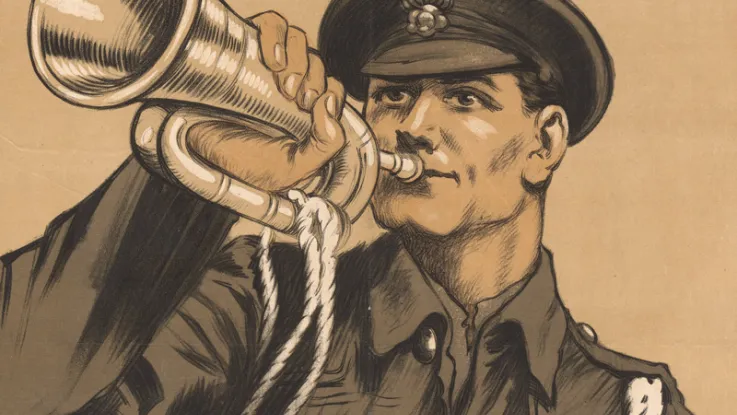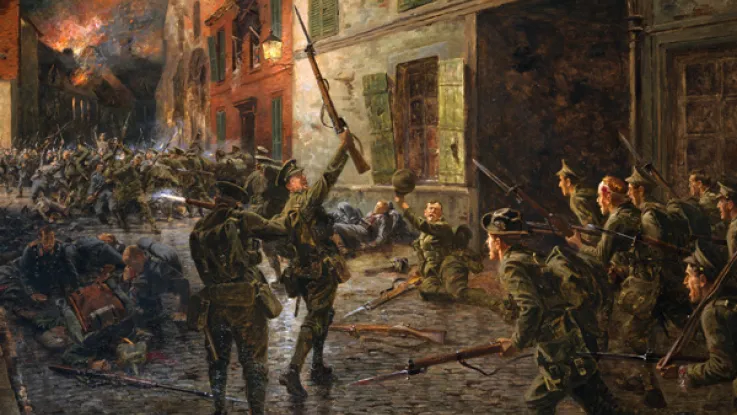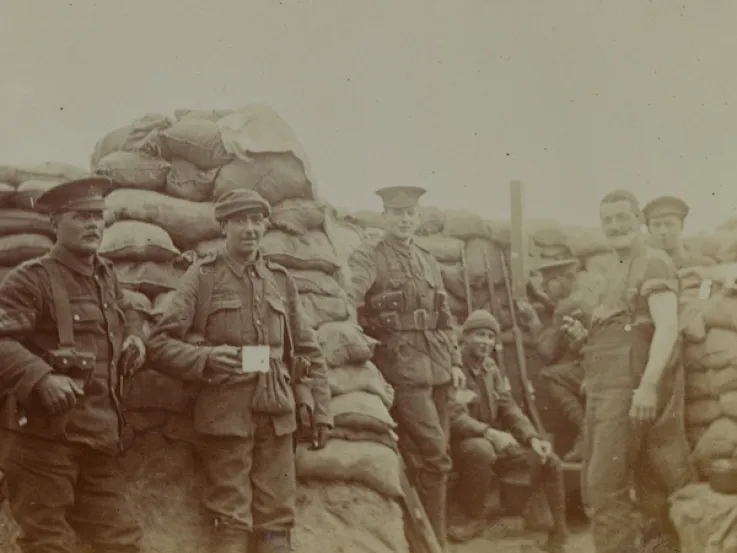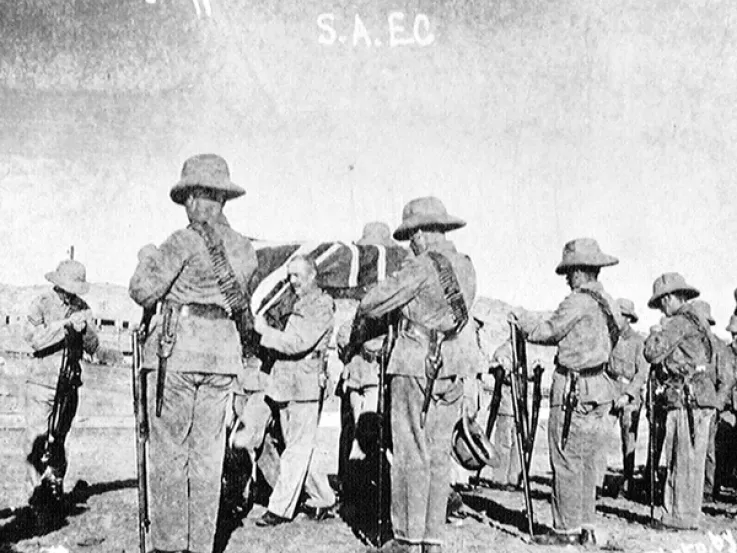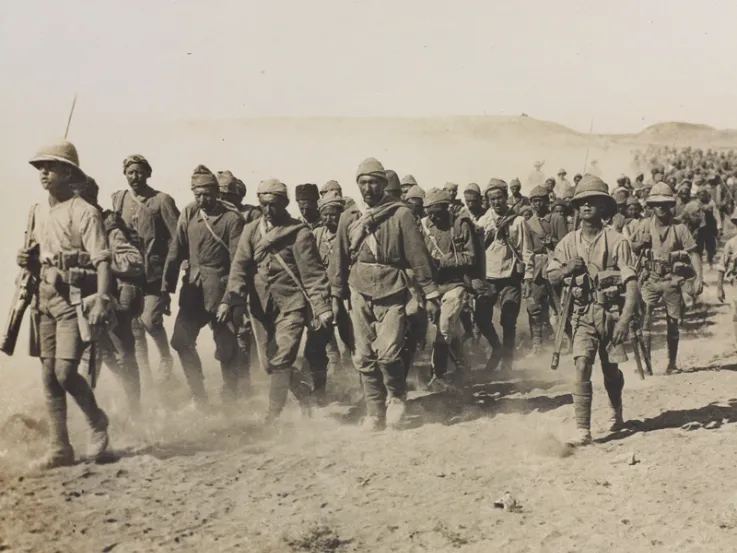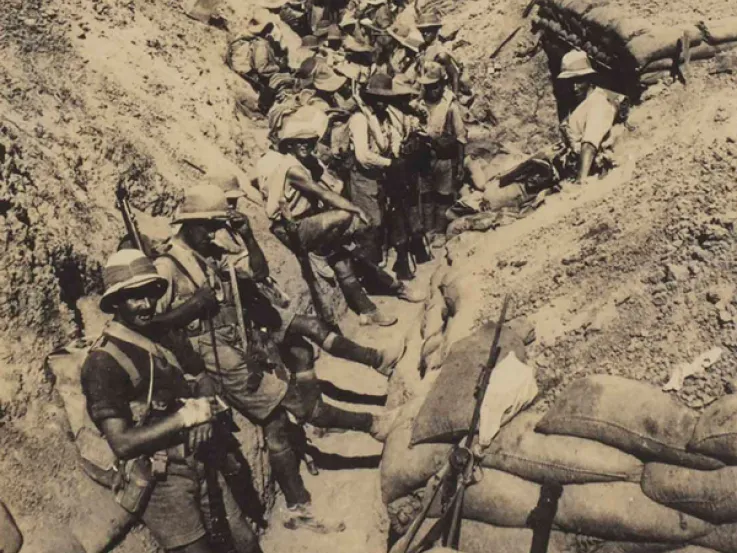German colonies targeted
As fighting raged on the Western and Eastern Fronts in Europe, a number of smaller, and largely unknown, engagements between the Allies and German forces took place around the world.
Only three days after Britain’s declaration of war in August 1914, her forces began invading the German colony of Togoland (Togo) from the British Gold Coast (Ghana).
Tsingtao
In the Far East, the Allies quickly turned their attention to Germany’s naval base at Tsingtao (Qingdao) in China, which was garrisoned by around 4,000 troops. Britain had long seen the German presence in China as a threat to her interests and since 1902 had been in alliance with Japan. The latter had its own territorial ambitions on the Asian mainland.
Preparations
Even before the commencement of hostilities, the Japanese had made preparations for the siege of the port. On 15 August 1914, they issued an ultimatum to Germany, demanding it withdraw its warships from Chinese and Japanese waters and hand over Tsingtao. This was refused and on 23 August 1914 Japan declared war on Germany.
Eight days later 20,000 Japanese troops, armed with over 140 artillery pieces, were landed and, in tandem with their supporting warships, began a bombardment of the port.
British landing
Britain, suspicious of its ally’s intentions in the region, decided to send a naval force and 1,500 soldiers under the command of Major-General Nathaniel Barnardiston to support the operation and keep an eye on proceedings. The bulk of the troops consisted of 2nd Battalion The South Wales Borderers and a detachment of the 36th Sikhs.
Both units were then garrisoning Tientsin (Tianjin) in northern China and on arrival joined the Japanese in the siege lines around the port. The latter was well defended by a network of trenches, batteries and fortifications.
The German garrison, despite being heavily outnumbered, held out for over two months before finally surrendering on 7 November and handing over the port three days later. With the port’s capture British forces were withdrawn, having sustained 12 killed and 53 wounded. Occupied by the Japanese, Tsingtao eventually reverted to Chinese control in 1922.
A forgotten campaign
Although largely forgotten today, the campaign was important in many ways. It saw the first air attack launched from a ship, the first night-time air raid, and the use of tactics which anticipated those used later in the War.
The Japanese siege methods, a repeat of those used at Port Arthur during the Russo-Japan War (1904-05), were much admired by the British. The Japanese commander, General Kamio Mitsuomi, had undertaken night raids and avoided the costly frontal attacks of the type seen in the early battles on the Western Front. Rather than waste men, he used his heavy howitzers to soften up the enemy while gradually advancing his trenches.











